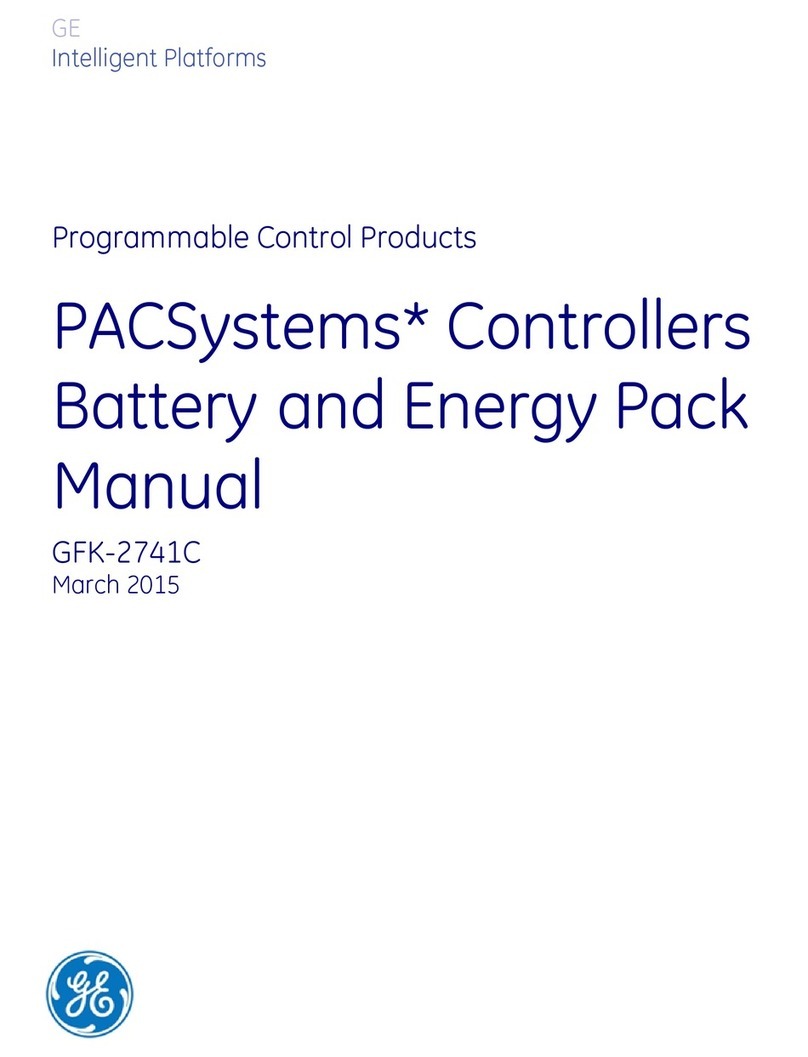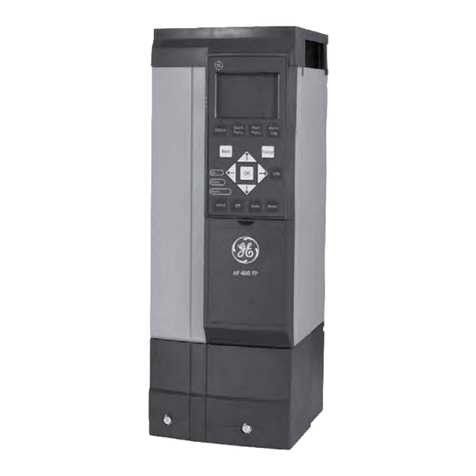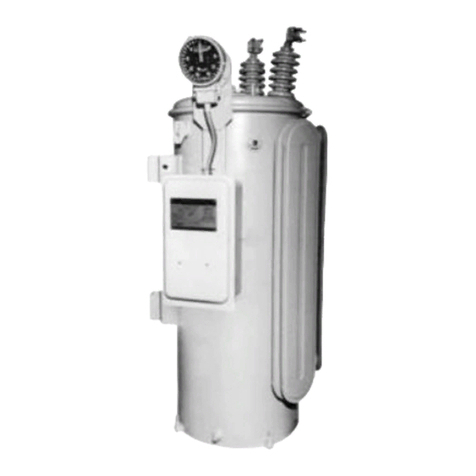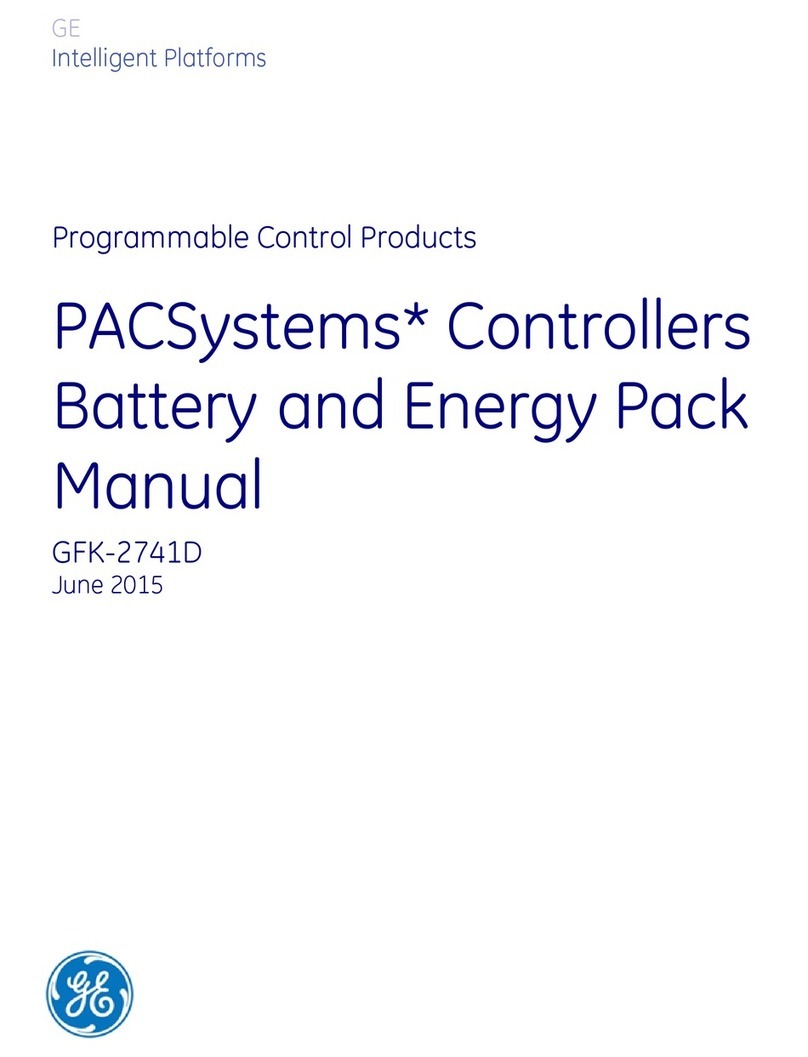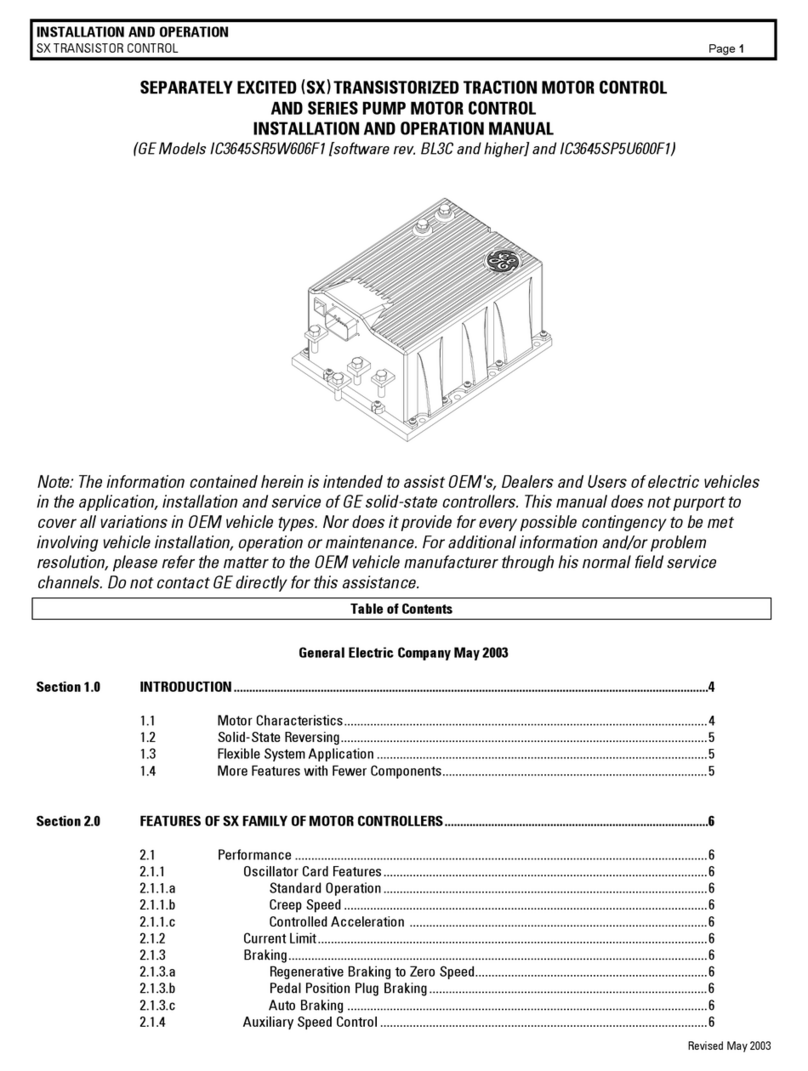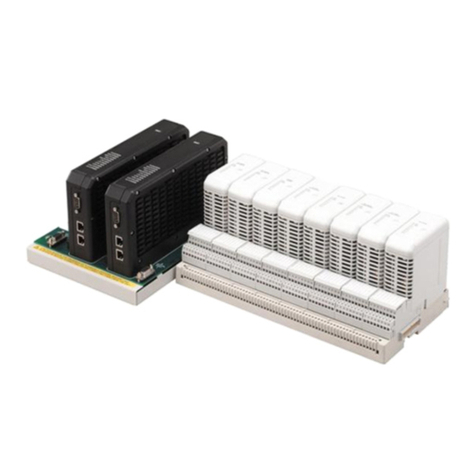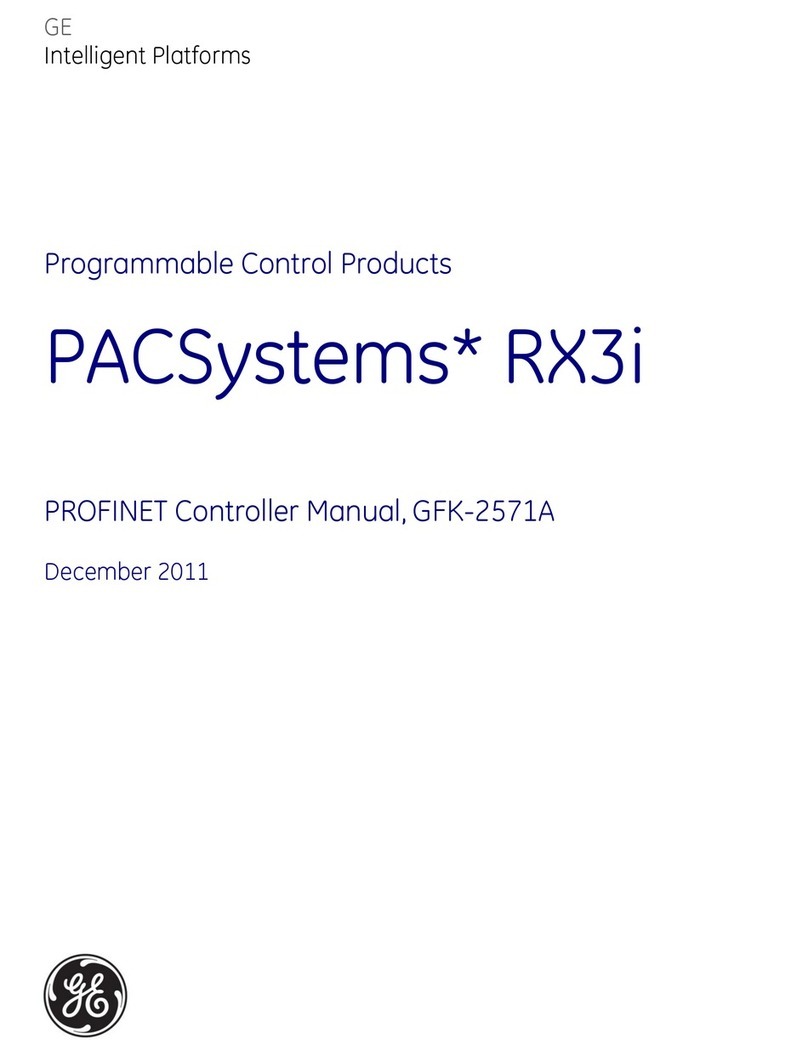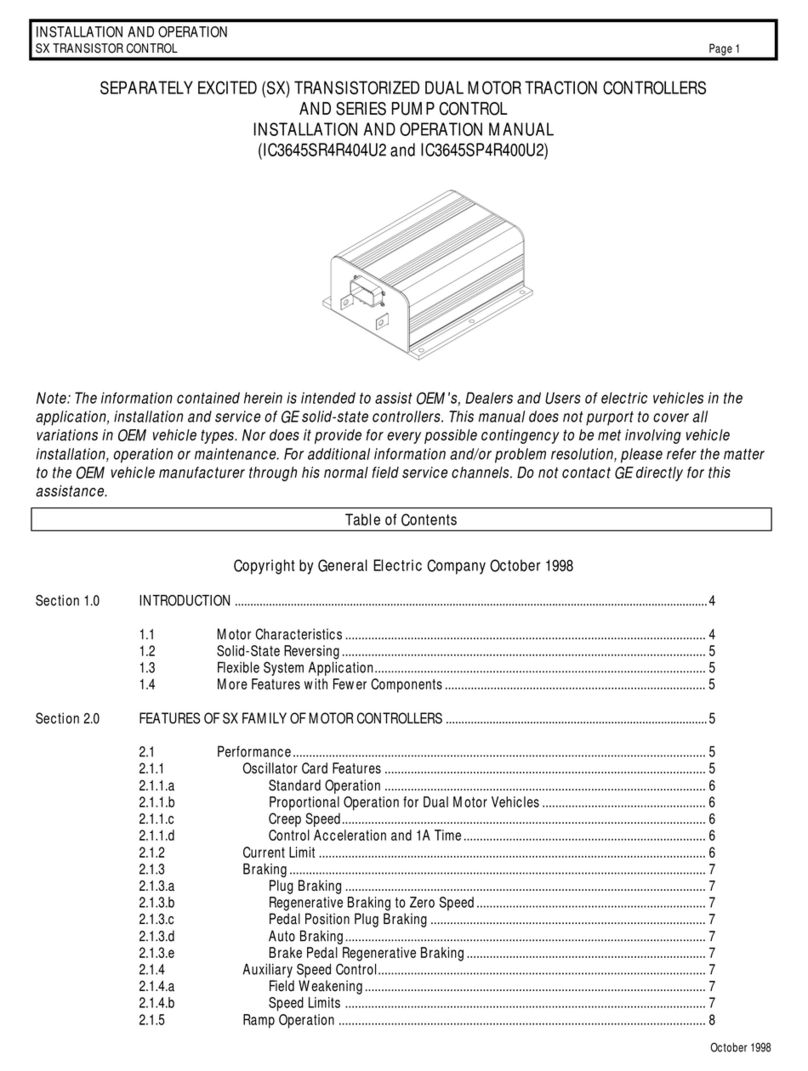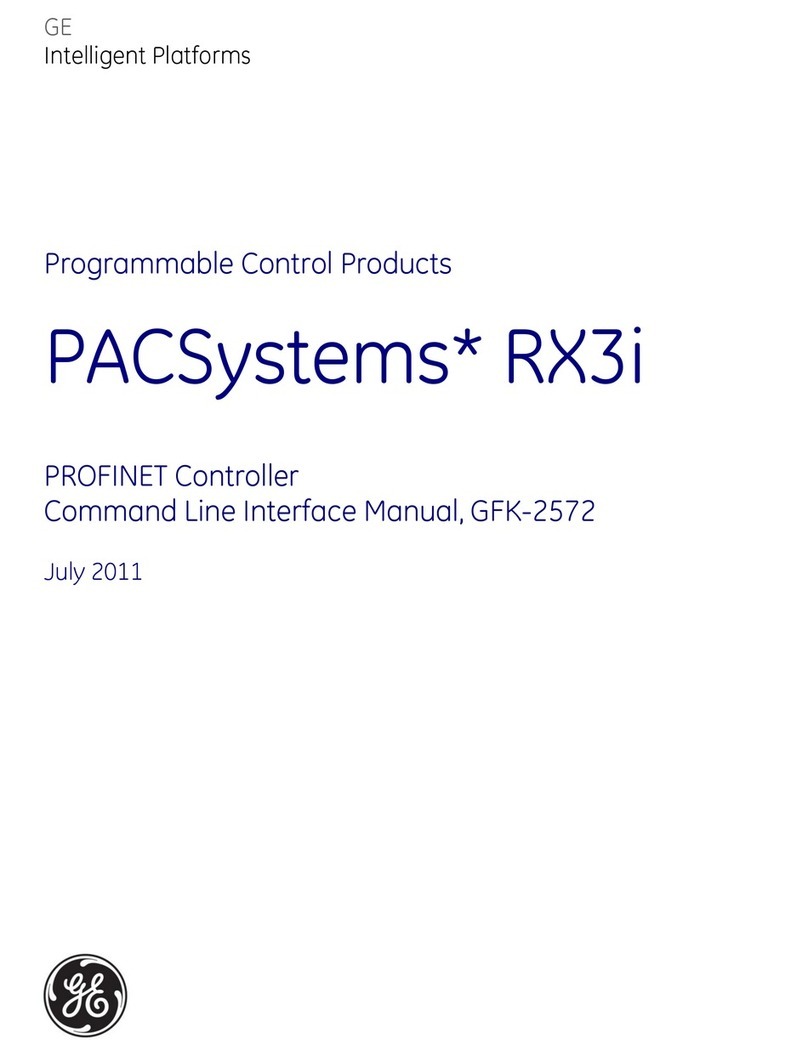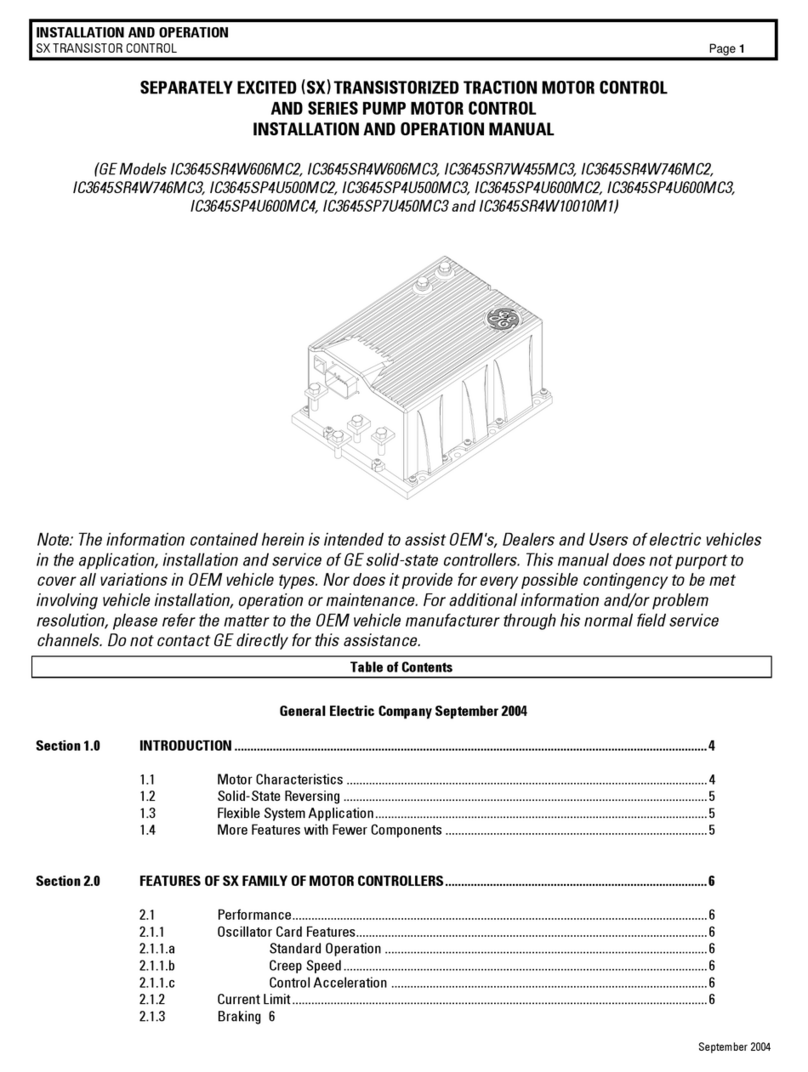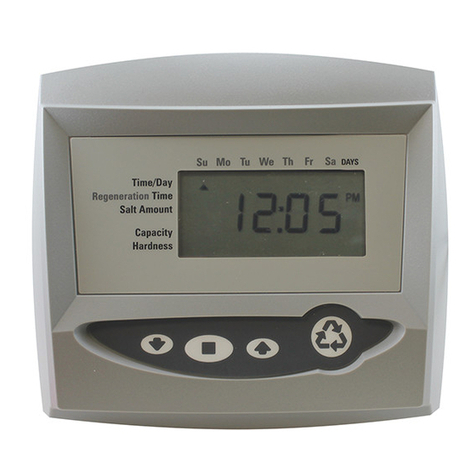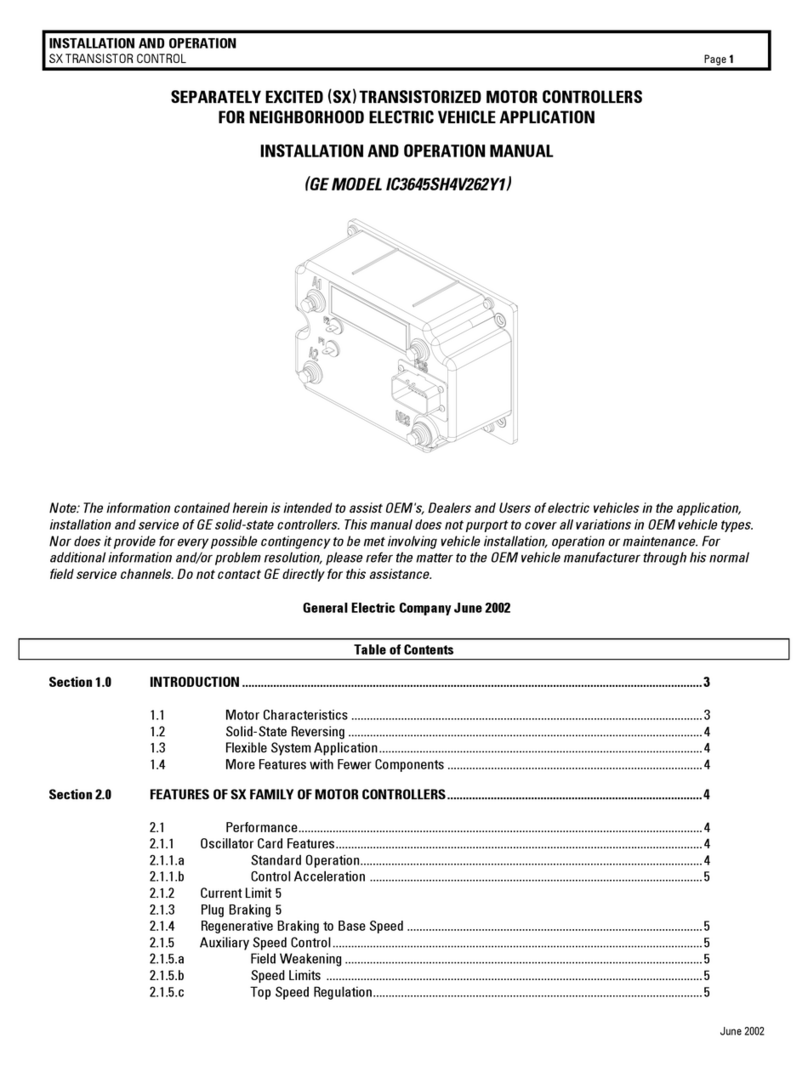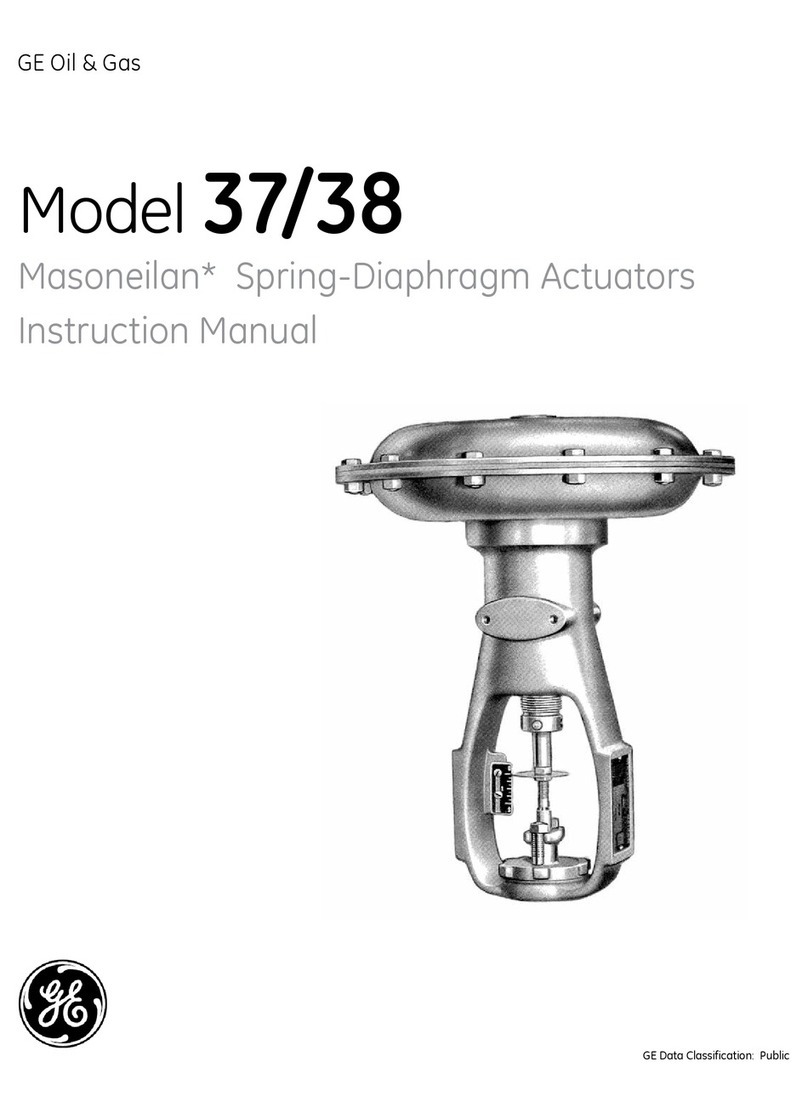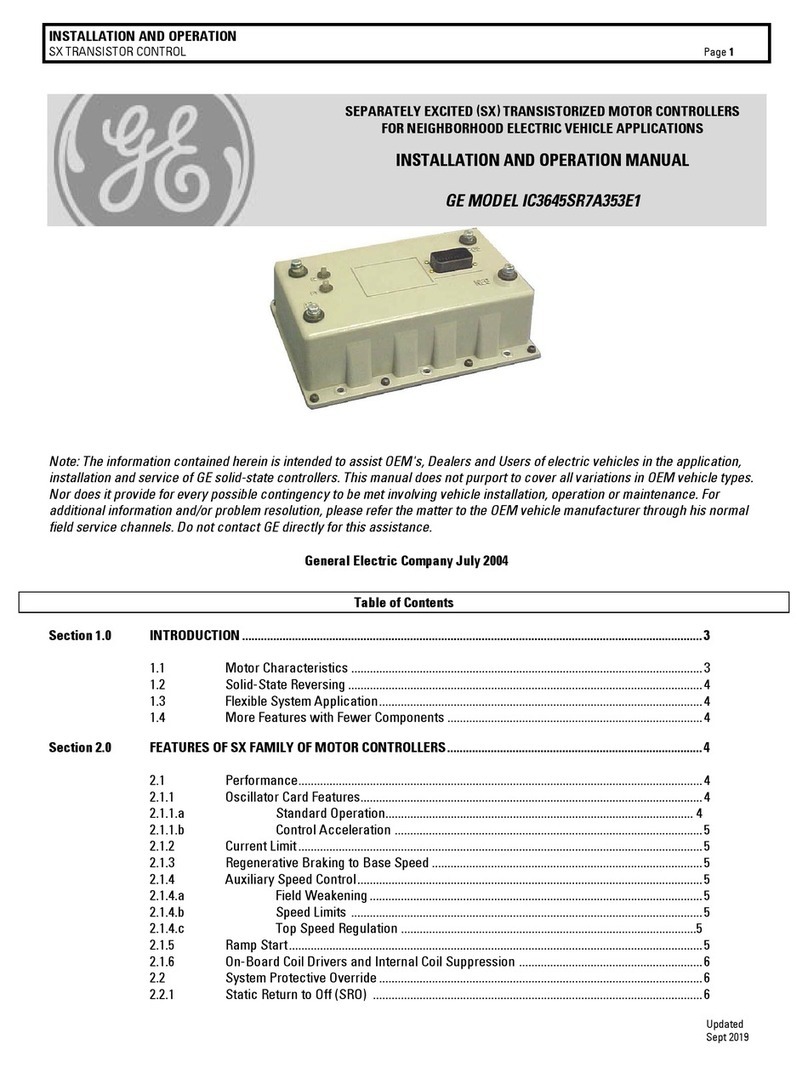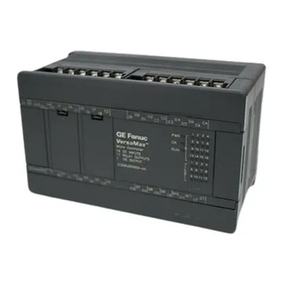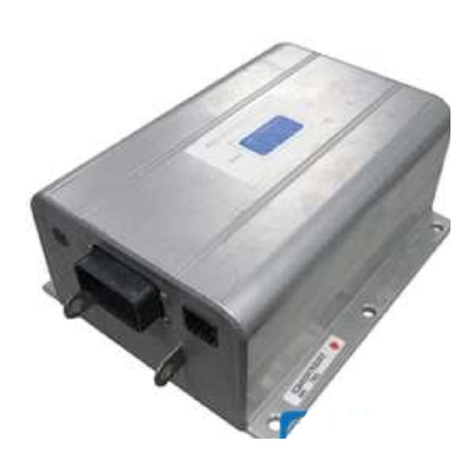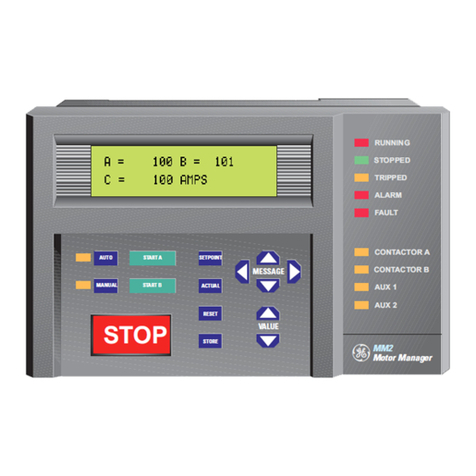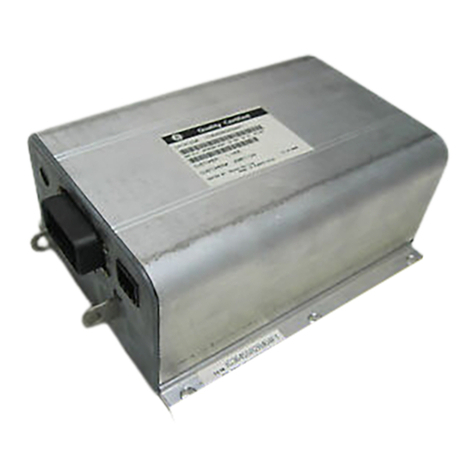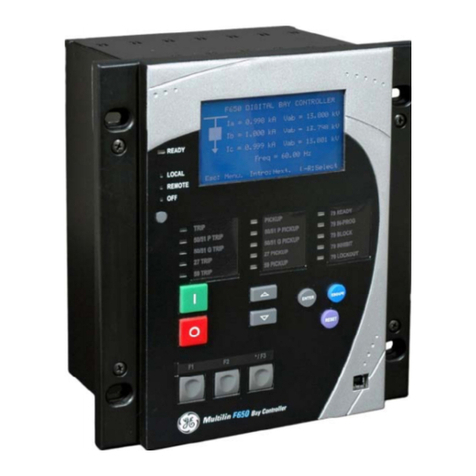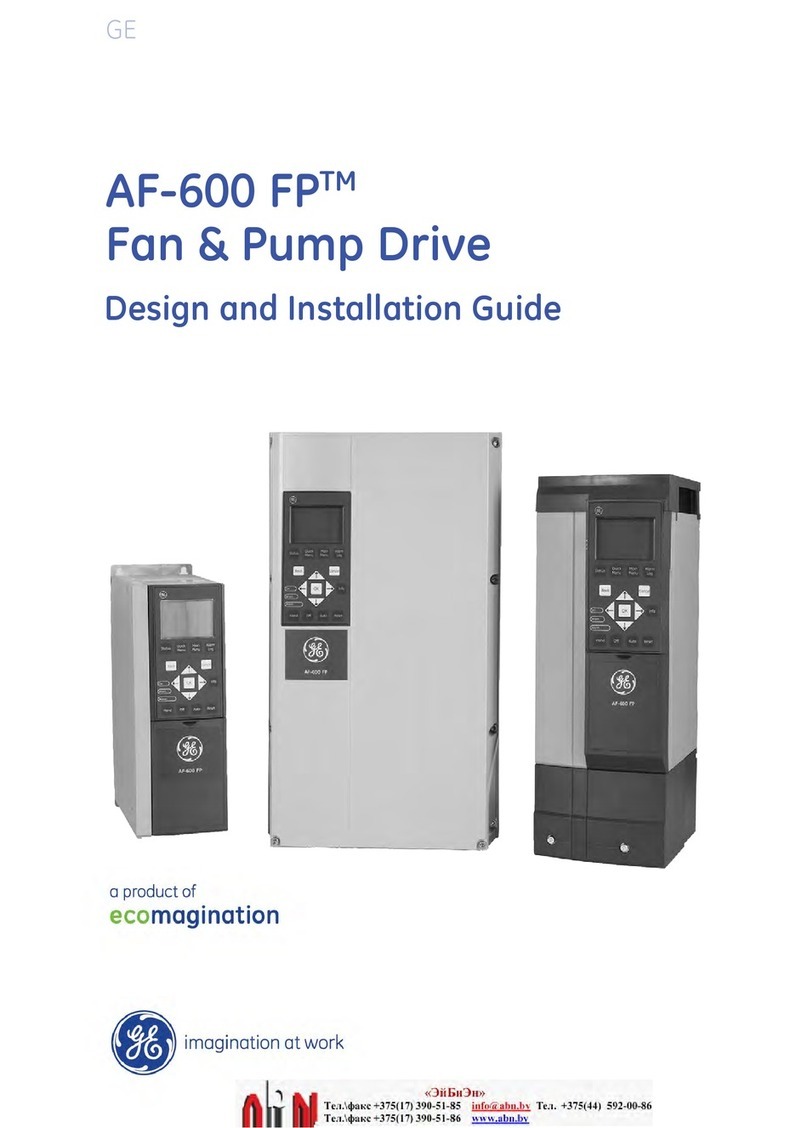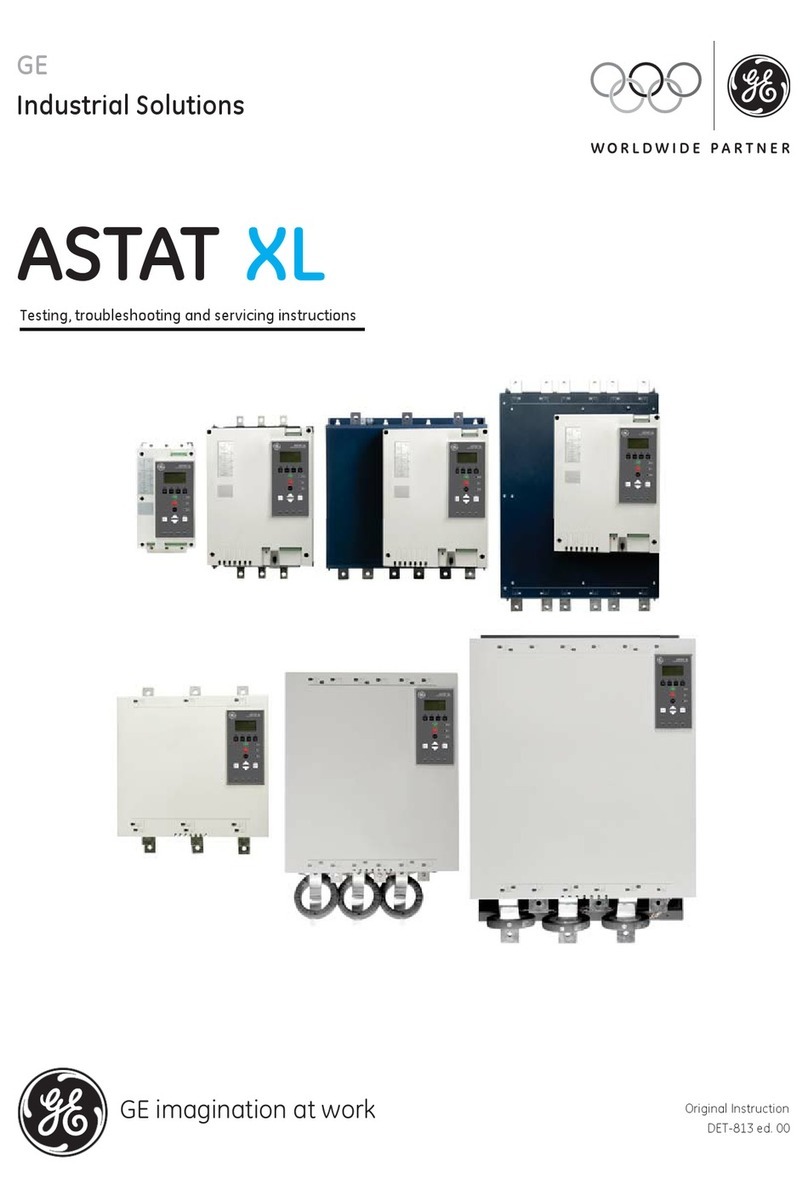
9
NO. PART-NUMBER DESCRIPTION QUANTITY
4 158C3100EEP1 BASE DETAIL ...........................................................01
11 171B3939G1 1REC ASSEMBLY LOW POWER ...........................01
11 171B3939G2 1REC ASSEMBLY HIGH POWER ..........................01
12 273A2523P9 THRM COND INSULATION ...................................01
14 171B3949G1 3 AND 4 REC. ASM. .................................................01
15 259A3290P1 INSULATING BUSHING ..........................................03
16 273A2523P8 THRM COND INSULATION ...................................01
18 44A717068-001 SCR, 2REC .................................................................01
19 44A717067-001 SCR, 5REC .................................................................01
20 44A723544-001 CAP. WARNING LABEL ......................................01
21 44A723543-001 EV-100 LOGO LABEL ..............................................01
22 158C3234G1 REACTOR ASSEMBLY ............................................01
24 259A9053P2 CAP MT FILM 150MF 25 .........................................01
26 IC3645LXCD1TX TRACTION WITHOUT BDI .....................................01
26 IC3645LXCD1TT TRACTION WITH BDI .............................................01
26 IC3645LXCD1MX DUAL MTR TRACTION WITHOUT BDI ...............01
26 IC3645LXCD1MT DUAL MTR TRACTION WITH BDI .......................01
26 IC3645LXCD1PX PUMP CONTROL......................................................01
28 171B3933G1 SPIDER AND WIRE ASM. .......................................01
29 44A727009-G01 THERMISTOR ASM .................................................01
30 171B3940G1 SNUBBER ASM.........................................................04
34 44A718897-001 CAPACITOR MTG. STRAP .....................................02
37 148B5620DPP1 BUS BAR ....................................................................01
38 148B5620DPP2 BUS BAR ....................................................................01
39 148B5620DPP4 BUS BAR ....................................................................01
40 148B5620DPP3 BUS BAR ....................................................................01
43 WH7138R36G1 WIRE HARNESS .......................................................01
48 L201P17B33 NUT, M8X1.25MM ....................................................02
49 L400P10B33 M8 FLAT WASHER ..................................................05
50 L401P27B33 M8 LOCK WASHER .................................................05
52 44A723274-001 M5X50MM T/R SCREW ...........................................04
53 44A723274-002 M5X26MM T/R SCREW ...........................................07
54 L14P17020B33 M8X1.25X20MM SCREW ........................................03
55 L10P14010B33 M5X0.8X10MM SCREW ..........................................05
56 L400P7B33 M5 NAR. FLAT WASHER........................................05
57 L401P25B33 M5 SPRING LOCKWASHER ...................................05
58 44A723274-401 M3.5X12MM T/R SCREW ........................................04
59 L10P11044B33 M3.5X0.6X44MM SCREW .......................................01
60 44A723274-204 M3.5X23MM T/R SCREW ........................................08
61 L400P5B33 M3.5 NAR FLAT WASHER......................................06
62 L401P23B33 M3.5 LOCK WASHER ..............................................06
63 L10P11008B33 M3.5X0.6X8MM SCREW .........................................06
64 L10P11016B33 METRIC PAN HD SCREW.......................................02
67 L14P15016B33 M6X1.0X16MM SCREW ..........................................01
69 L400P8B33 M6 FLAT WASHER ..................................................01
70 171B3954G1 SHUNT-WIRE ASM ..................................................01
73 N402P39B6 WASHER FLAT ST ...................................................03
EV100LX PART NUMBER IDENTIFICATION
